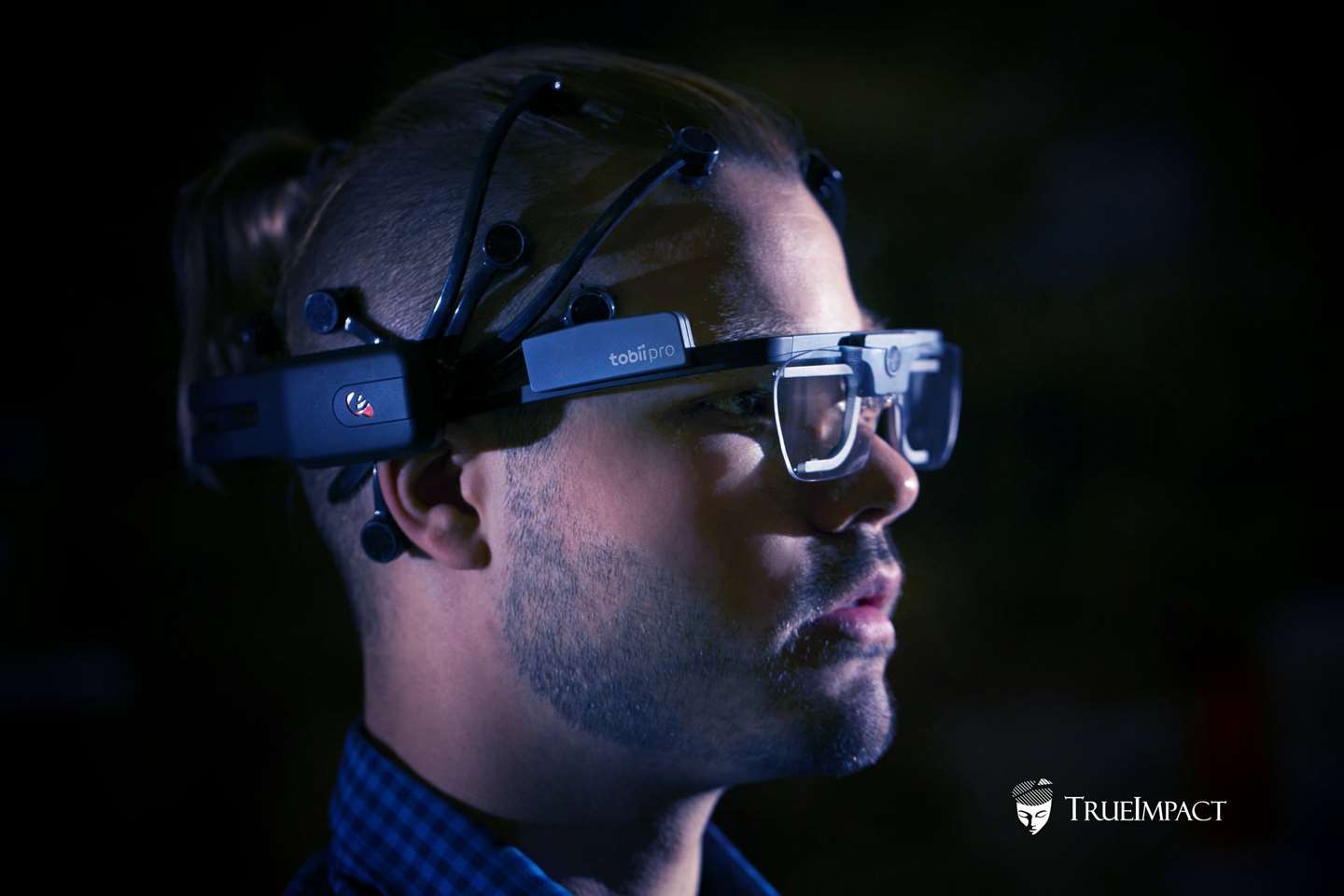The power of print at a glance:
- Marketers must take unconscious measurement more seriously if they’re ever to understand their audience
- In an age of short-termism, physical media cements the brand name in a person’s mind, long-term
When Diana Lucaci founded True Impact in 2012, it was one of few companies in the world – and the first in Canada – to make creative, format and channel suggestions to marketers based on neuroscience research.
Six years later, and the likes of Unilever and Coca-Cola are turning to firms like hers to find out what makes consumers tick – in the hope that they can increase the effectiveness of their communications.
We spoke to Lucaci about the role of unconscious measurement, and the advantages of print media in engaging the brain beyond just the visual…
PP: Why, in your view, should marketers care about neuroscience?
DL: Savvy marketers understand that many purchasing decisions are made at an emotional level. For example, before believing facts and figures about a vehicles' performance, a customer must first trust the automotive brand. Unlike the marketer, the customer doesn't have performance specifications on their mind, 24/7.
When it comes to grabbing attention via digital channels, the visual and auditory sense are primarily engaged. However, to really embed a brand into memory, marketers need to employ multiple tactics to engage the brain beyond the visual. Our research simply shows them how to do that. And in fact, we’ve found that a combination of sight, sound, scent and touch is much more effective at persuading a person, compared to simply a visual image.
There’s a reason we remember our grandmother’s cooking or the smell of the first new car we purchased. We associate these senses with a time, a moment, a place, even a meaningful event. And that’s what makes them so powerful.



